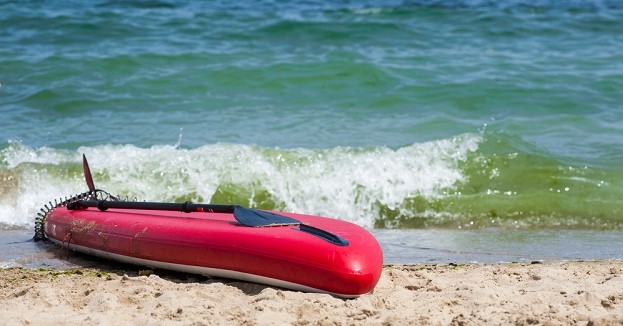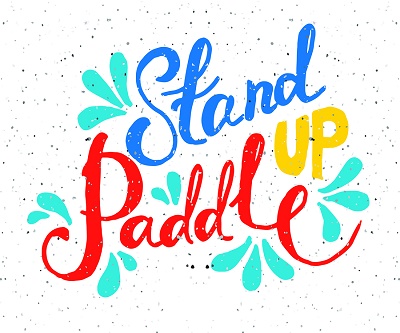
Your SUP board is a singular piece of equipment made up of individual components. Each one of those pieces, parts and locations has its own special name. Since you don’t want to sound like a confused newbie when you are talking with other stand up paddlers (even if you are), you need to know the following SUV board terms.
Nose, Tip or Front
All of these names are acceptable for the front of your SUP. On kayaks and canoes, this area is called the bow.
Tail
The tale of an SUP board is, as you have probably guessed, the back end.
Fin Box and Fins
The fin box is located at the rear and on the bottom of your board. This is an area where you can add or remove fins. You may place 1, 2 or even 3 fins in the fin box. You do this to customize your experience, allowing you to track in a straight line on flat water, or provide more cutting and turning ability when surfing.
Deck Pad and Deck
The SUP deck is located on top. This is where you stand. Decks can be curved or flat, and may have been designed with contours, or perhaps even a sunken area to let you know exactly where to stand. Simply put, the deck is located on the top of your board, roughly in the center.
A deck pad is an accessory you can purchase to improve traction. Especially for beginning stand up paddlers, having comfortable padding that also makes gripping much easier is a welcome addition to the SUP experience. These are placed on the deck of the board.
Rails
This simply refers to the edges or sides of your SUP board.
Handle or Grip
SUP boards can be long and heavy. In most boards, a handle or grip has been included to make transportation easier. This is sometimes a simple grooved-out hole, and can alternately be a physical handle attached to one side of your board.
Leash Cup
A leash cup is usually located in the rear of your paddle board. This is where your leash attaches you to your board.
Vent Plug and Vent
Not found on all boards, a vent is important during long-term storage of some boards. The composition of foam and other chemicals means gases can expand and contract inside your board. An unplugged vent allows your board to breathe, preventing damage during storage and temperature change. Obviously, you will have your vent plugged when you are using your board.
Rocker
The rocker is more a design element been a physical item. This term is used to point out how much your board curves from nose to tail. A cruising or touring SUP board will have much less rocker than a surfing board.
